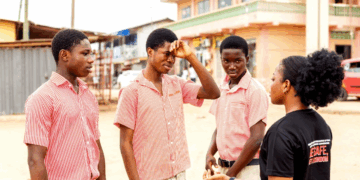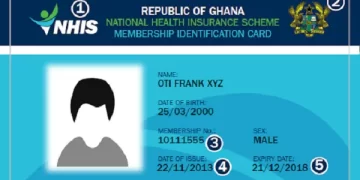The World Health Organization has proven that monkeypox is transmitted sexually in the Democratic Republic of the Congo, notably in its northern and central areas.
According to the WHO, the spread of this epidemic was mostly driven by sexual contact between males who had sex with men.
According to the WHO, the first instances included a Belgian man with ties to the Democratic Republic of the Congo who tested positive for clade I after a visit to Kenge, Kwango province. Individuals who had sexual contact with him in the Democratic Republic of the Congo later tested positive for clade I MPXV, making this the first case of clade I MPXV infection connected to sexual transmission within a cluster.
The WHO is, however, concerned about the swift growth of the outbreak in the country, stating that the country is experiencing a significant increase in the number of suspected cases.
“From 1 January through 12 November 2023, a total of 12 569 suspected monkeypox cases, including 581 suspected monkeypox deaths (case fatality ratio: 4.6%), have been reported in 156 health zones from 22 out of 26 (85%) provinces in the Democratic Republic of the Congo. This is the highest number of annual cases ever reported, with new cases in geographic areas that had previously not reported monkeypox, including Kinshasa, Lualaba, and South Kivu. Among suspected cases, 1106 were tested by reverse transcriptase-polymerase chain reaction (RT-PCR), and 714 were positive for MPXV (positivity rate of 65%)”.
Read Also: Electricity tariffs to be reduced by 1.52% between Dec & Feb 2024
To combat this threat, the Ministry of Public Health, Hygiene, and Prevention has developed a funded national monkeypox preparedness and response strategy.
Meanwhile, the WHO has warned all nations to take precautionary steps to combat the spread.
“It is therefore strongly advised that countries continue to follow the Standing Recommendations of the Director-General of the WHO issued in August 2023, particularly concerning the epidemiological surveillance of mpox, strengthening of laboratory diagnostic capacities and genomic sequencing of viruses, community engagement and risk communication, making vaccines available, optimal case management, strengthening research to better understand modes of transmission in different contexts, and sustained support for the development of rapid diagnostic methods and treatments tailored to the needs of patients.”



























